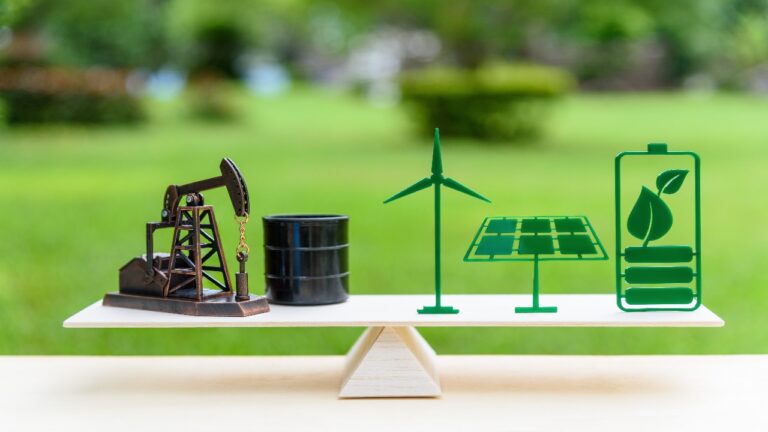Trump’s renewables crackdown hurts US national security, Biden official warns
Wally Adeyemo supports imposing sanctions on buyers of Russian oil, but said more diversified energy at home will give the US a stronger geopolitical advantage.
Current Access Level “I” – ID Only: CUID holders, alumni, and approved guests only
Reports by Mark Agerton, Siddhartha Narra, Brian Snyder + 1 more • April 18, 2022
This report represents the research and views of the author. It does not necessarily represent the views of the Center on Global Energy Policy. The piece may be subject to further revision. Contributions to SIPA for the benefit of CGEP are general use gifts, which gives the Center discretion in how it allocates these funds. More information is available at Our Partners. Rare cases of sponsored projects are clearly indicated. For a full list of financial supporters of the Center on Global Energy Policy at Columbia University SIPA, please visit our website at Our Partners. See below a list of members that are currently in CGEP’s Visionary Annual Circle.
(This list is updated periodically)
Air Products
Anonymous
Jay Bernstein
Breakthrough Energy LLC
Children’s Investment Fund Foundation (CIFF)
Failure to properly plug and abandon (P&A) oil and gas wells in the United States at the end of their useful life can impose environmental costs and saddle taxpayers with cleanup liabilities. In recent years, US policy makers have expressed increasing concern about P&A issues, especially when it comes to “orphan” wells—oil and natural gas wells, either onshore or in state waters, for which no viable private company with legal responsibility exists. Prior studies of orphan wells have primarily focused on onshore wells, likely because they vastly outnumber offshore wells. But offshore wells have particular features that warrant careful study on their own: they tend to produce more, involve additional environmental and engineering considerations, and cost more to P&A.
This report, part of an oil and gas research initiative at Columbia University’s Center on Global Energy Policy, examines offshore P&A liabilities to provide guidance to federal policy makers about the scope of a hypothetical government program to plug and abandon offshore wells. At least three objectives might shape the contours of such a policy: 1) reducing taxpayers’ future financial P&A liability for orphan wells, 2) reducing environmental risk, and 3) preserving or increasing employment alongside goals to reduce greenhouse gas emissions globally.
As of the end of 2020, approximately 22,000 offshore oil and gas wells in the United States were not permanently P&Aed. The authors estimate that the cost to P&A all of these wells, including wells that are currently producing, is approximately $47 billion. It should be noted that significant uncertainty remains around aggregate costs, because estimates rely on having accurate information from state and federal well databases as to the number and location of offshore wells as well as average P&A costs per well.
Additional findings from the report include the following:
President Donald Trump's first official foreign policy trip, as in his first term, was to Saudi Arabia earlier this month, with additional stops in Qatar and the United Arab Emirates.

PetroStates and ElectroStates clash as fossil fuels and clean energy reshape global power, strategy, and alliances.

The report presents insights on Oklahoma’s economic resilience strategies, relevant policies, and proposed program enhancements based on a set of interviews with key stakeholders.
Full report
Reports by Mark Agerton, Siddhartha Narra, Brian Snyder + 1 more • April 18, 2022